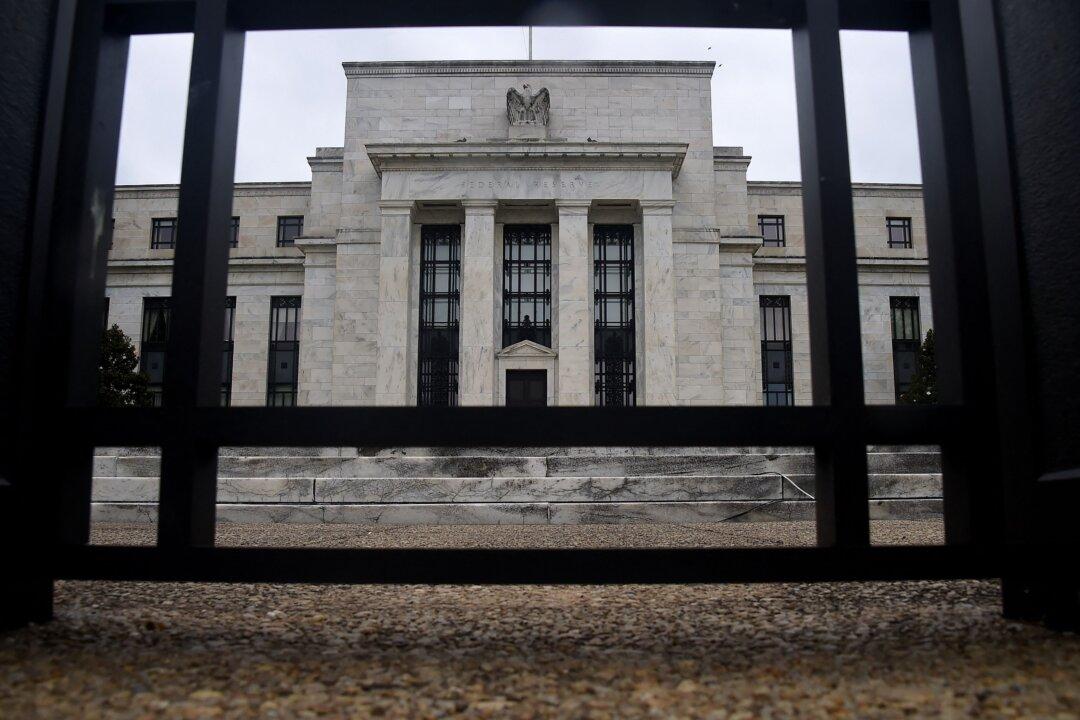Commentary
In the ancient Roman calendar, the Ides fell on the fifteenth of each month, and March 15 marks the day in 44 B.C. when the Roman emperor Julius Caesar was assassinated by conspiring colleagues in the Senate.

In the ancient Roman calendar, the Ides fell on the fifteenth of each month, and March 15 marks the day in 44 B.C. when the Roman emperor Julius Caesar was assassinated by conspiring colleagues in the Senate.